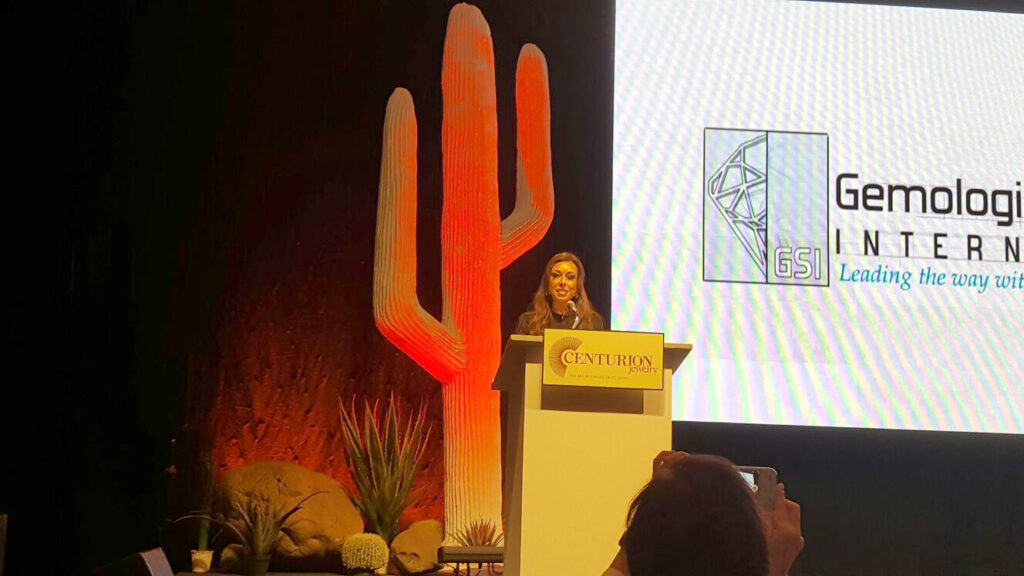Famous Diamonds: The Briolette of India

Mentions of the Briolette of India can be found in tales from centuries ago, making it one of the oldest famous diamonds in history. Let’s dive into the history of the gem known as the purest of the pure, and dispel some of the myths around it while we’re at it.

Journey of the Briolette of India
The origin of this gem is in the name, likely mined from one of India’s Golconda Mines even before the Middle Ages. The clear diamond made its way through the hands of India’s royalty, finally finding its way to France’s Queen Eleanor of Aquitane in the 12th century. The Briolette came to England after Queen Eleanor married King Henry II.
The gem was believed to be a symbol of good luck. One of Eleanor’s eight children, the famous King Richard the Lionheart, kept the diamond close to him during his efforts to recapture Jerusalem during the 3rd crusade. However, Richard fell ill and started the journey back to England before reaching Jerusalem. On the way back, he was captured by the Duke of Austria and held in captivity for two years, during which his brother reigned as king over England.
So maybe the Briolette of India wasn’t so lucky after all? At least not for Richard the Lionheart.
After he was wounded and killed in France, the Briolette of India disappeared from recorded history, probably becoming one of the many jewelry pieces in France’s royal jewelry collection.
It resurfaced again towards the end of the 16th century. France’s King Henry II presented it to Diane de Poitiers, his mistress. After the king’s death, Diane was forced to surrender all of her jewelry, and that’s when the Briolette of India disappeared again.
 The stone passed around by monarchs did not have the same briolette shape it’s known for today. In the early 1900s, it was cut into the double-rose or briolette shape in Neuilly, Paris before being sold to Cartier.
The stone passed around by monarchs did not have the same briolette shape it’s known for today. In the early 1900s, it was cut into the double-rose or briolette shape in Neuilly, Paris before being sold to Cartier.
Cartier bought the Briolette of India in 1909 and had it set as a pendant with a pearl in a chain.
In 1910, the Briolette of India formed a beautiful addition to a brooch, and it was in this state that it came to America. Once in the United States, a wealthy investor called George Blumental bought the brooch for his wife, Florence Meyer.
Almost 40 years later, in 1950, Harry Winston got hold of the Briolette of India and sold it to Canada’s Dorothy J. Killam. When she died, Harry Winston repurchased the diamond. It appeared unset in Richard Avedon’s 1967 photo of model Penelope Tree.
It was also displayed at a 1970 Harry Winston dinner before being sold to a European buyer.
The Briolette Controversy
If the stories of the Briolette of India’s acquisition by Eleanor of Aquitane are true, then the diamond is older than the Koh-I-Noor, currently the verifiably oldest diamond in history.
However, investigations in the 1950s revealed that the diamond was mined from South Africa. It was cut into the briolette shape to give it the look of a diamond mined and cut almost a millennium earlier from India. This increased the market value of the diamond at a time when South African diamonds were deemed to be of lower quality.
So, what do you think? Is the Briolette of India a good luck symbol from the Middle Ages, or is it actually the Briolette of South Africa steeped in a story concocted in the mind of a cunning diamond seller?
You decide. I know which version I prefer!
The Briolette of India Today
The Briolette of India is a 90.38-carat D-color diamond, which means it’s colorless. It is also a Type IIa diamond, making it chemically pure without inclusions, and thus structurally perfect. Less than 2% of all-natural diamonds achieve this grade.
The diamond made its final public debut in 1970. It is now reportedly in the hands of an unknown European family who obtained it illegally. Given the history of the Briolette of India, it may never appear in public again in our lifetime.

Diamonds carry a lot of history. Read more stories about the most famous diamonds of all time.
Famous Diamonds: The Dresden Green
Famous Diamonds: The Hope Diamond
Famous Diamonds: The Regent Diamond
Famous Diamonds: The Koh-I-Noor
Famous Diamonds: The Tiffany Yellow Diamond
Famous Diamonds: The Golden Jubilee
Famous Diamonds: Cullinan I & II
Famous Diamonds: The Incomparable Diamond

About The Author
Debbie Azar is the Co-Founder and President of Gemological Science International (GSI), one of the largest gemological organizations in the world, and a distinguished leader in the global diamond and jewelry industry. As an executive with extensive knowledge of the jewelry and gem lab industries, her entrepreneurial skills and vision have helped GSI achieve rapid and continuous growth worldwide, establishing 13 leading-edge gemological facilities on four continents. She currently serves on the boards of the Jewelers Vigilance Committee, Responsible Jewellery Council, and Jewelers for Children, and is a member of the 24 Karat Club of New York. She has been featured in Forbes, Daily Mail, Good Morning America, Bloomberg, Bloomberg Businessweek, Fox Business, Fox5, CBS2, BOLDTV, Varney&Co, The Street, and NASDAQ, among others.

















































